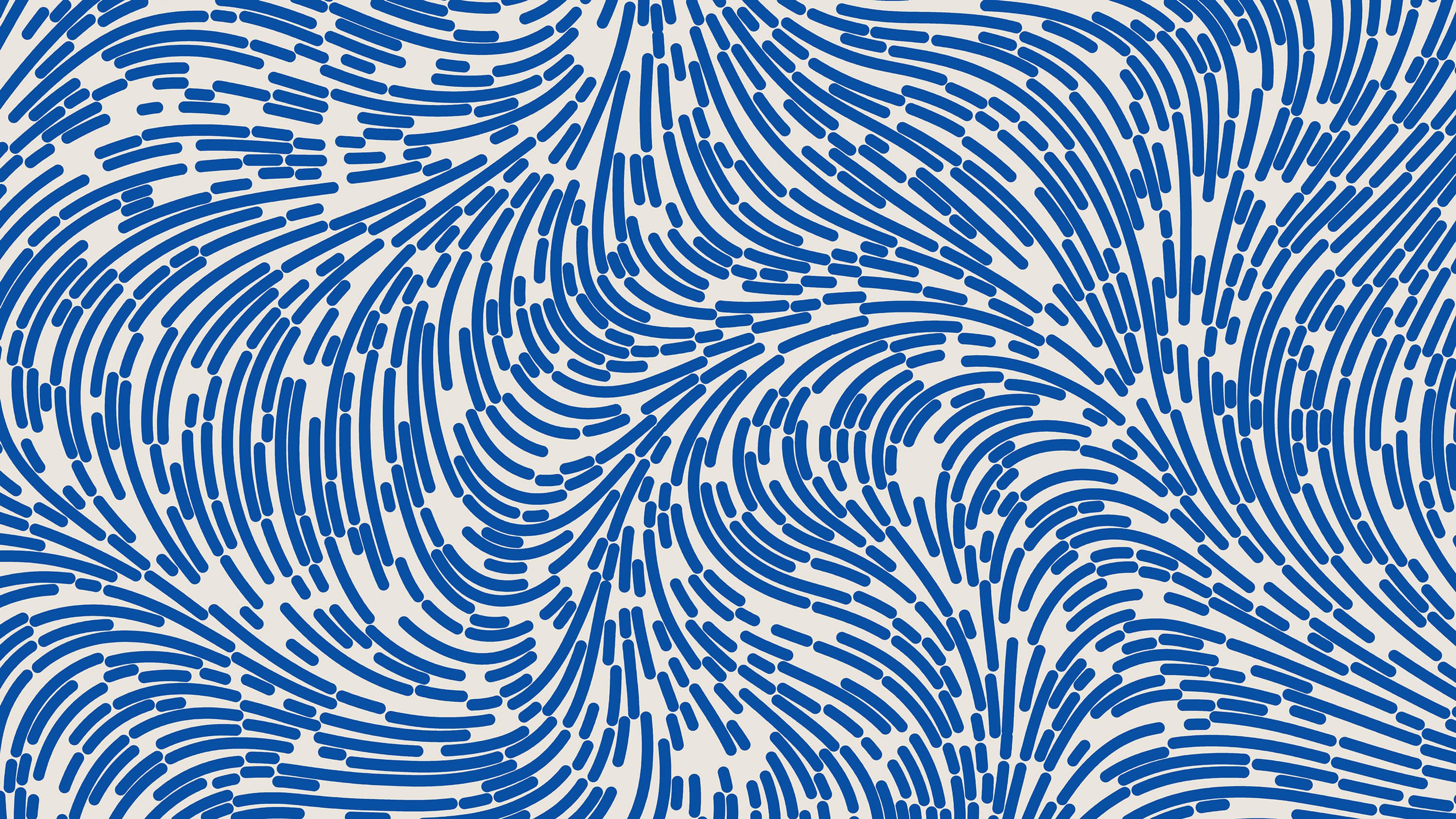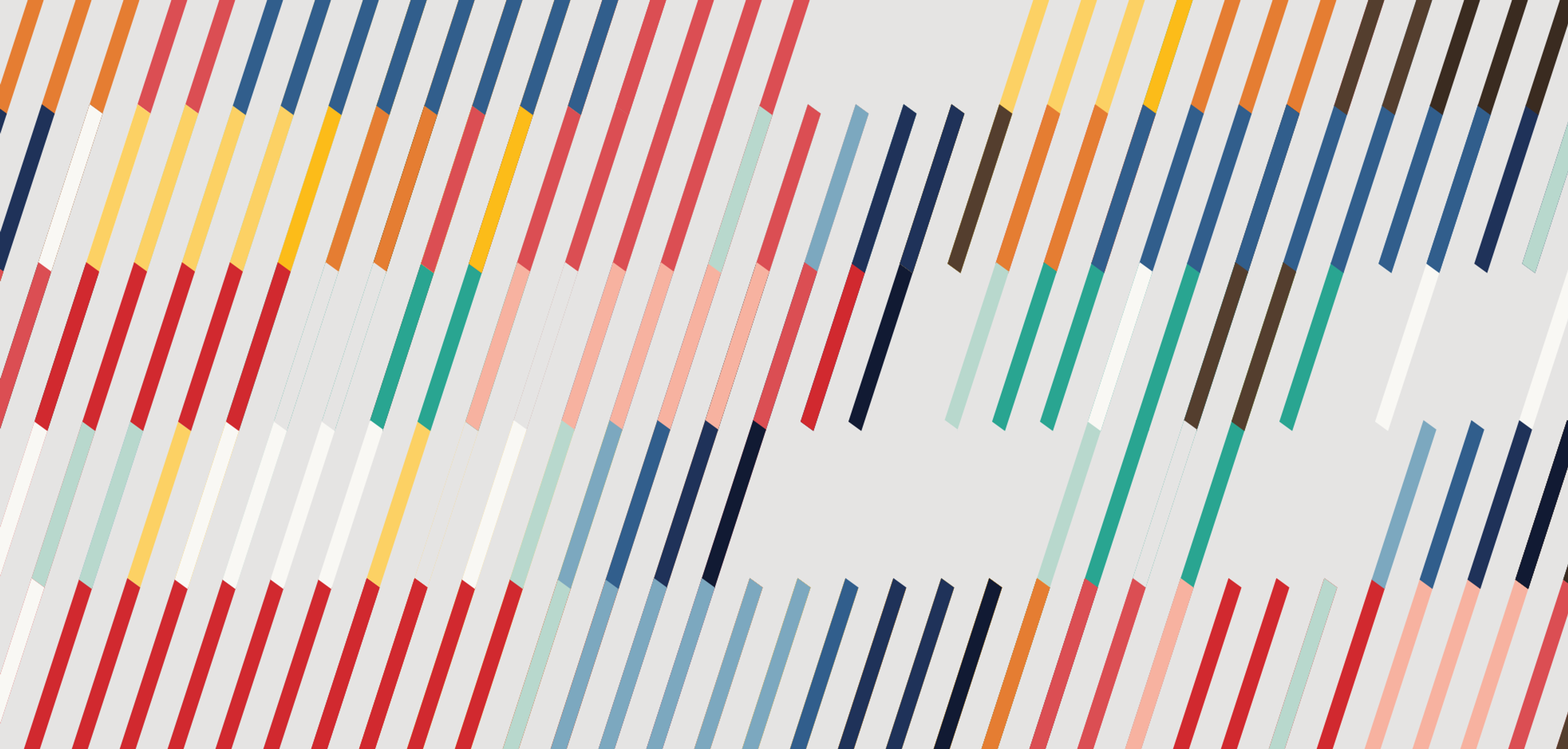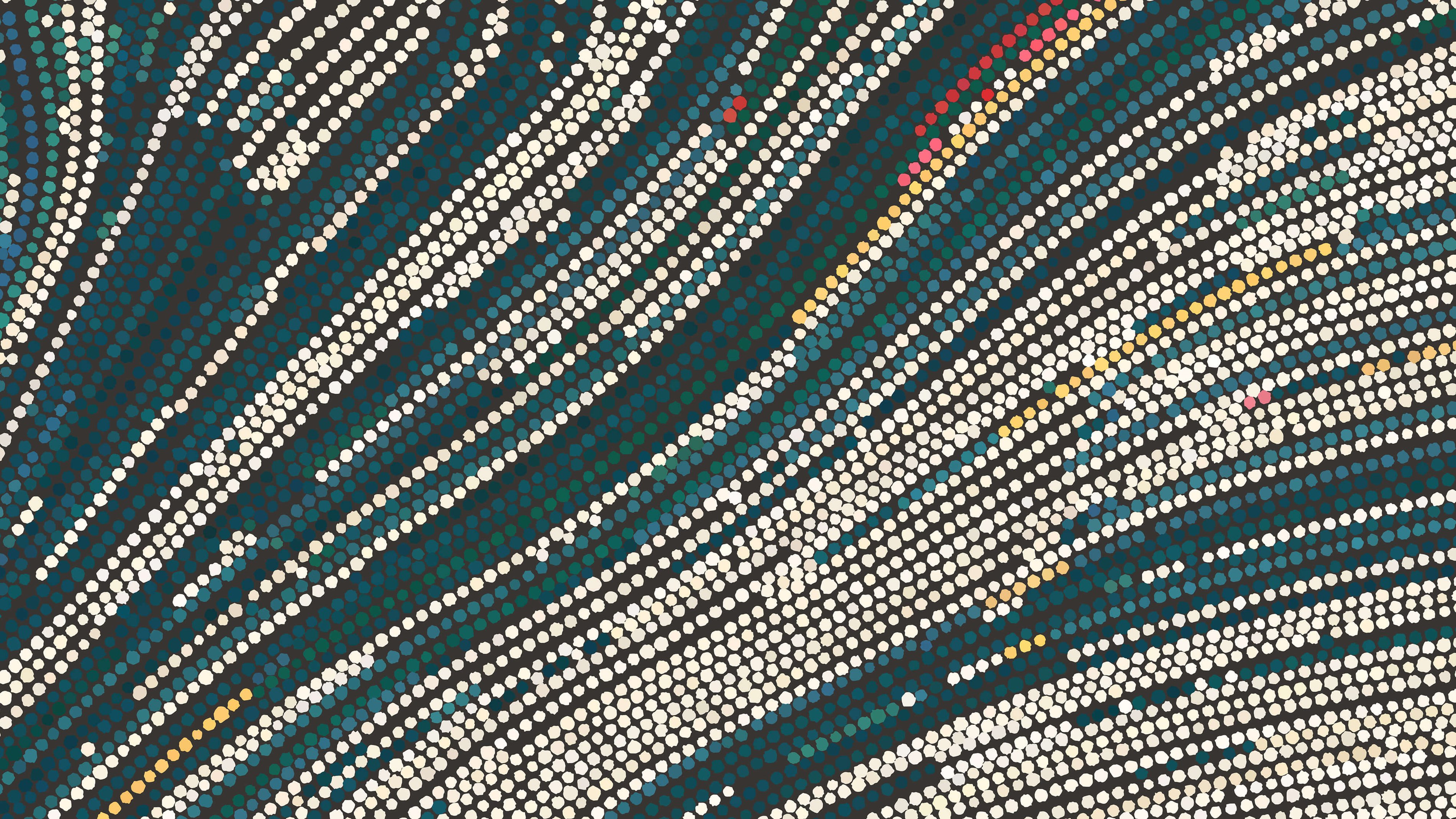The Importance of Generative Art

Generative art may feel like a technical excursion with little relevance to our daily lives. What can a computer program have to say about the human experience? Sixty years ago, in the infancy of algorithmic artwork, there was indeed little connection. Today, it could not be more relevant. It directly deals with one of the core constructs of our digital lives.
A considerable amount of our lives are now spent in programmed software environments. All of the digital tools that you use were shaped by teams of programmers. Our methods for creating, sharing, and viewing the content of our culture (writings, images, videos, and games) are all constructed with code. If wood, concrete, glass, and steel were the core materials of important new construction in the 20th century, coding has easily supplanted these in the 21st. Art must keep up with evolutions in the fabric of society, and coding isn't just shaping our buildings (although it is doing that), it's shaping our relationships, our communication, our consumption, our creation, our learning, our memory, our very view of ourselves.

Detail from Diagonal Colors, 2021
Why is it so important for art to address contemporary materials? Because those materials have their own influence on our behaviors. Steel and concrete allowed for the construction of the modern city, with a density that shaped the lifestyle around it. At the same time, towering walls of steel and concrete often exude an impression that is hard, foreign, and unforgiving. The materials are not neutral: they have an ingrained influence on par with that of the architects. Left unchecked, their limitations and tendencies can dominate designs, and not always in an ideal way. Artists of the past set out to explore and understand everything that could possibly be done with steel and concrete, because they recognized that doing so would unlock the potential for human expression, add vibrancy to daily life, and maximize the opportunities for social improvement.
Like steel and concrete, computer programming is not a neutral, perfectly malleable medium. You cannot do everything you would like with it. Some accomplishments are easy, others are elusive, labor-intensive, or effectively impossible. The architecture of the modern CPU, along with the current design of operating systems, programming languages, and key software like web browsers, all have a strong influence on what we can program, and what we tend to program (along the path of least resistance). Consequentially, the software that envelops our days has a form that is largely predetermined by these limitations and quirks of the programming environment. The significance is massive, and yet it's rarely considered.

Detail from Side Effects Inclue\d 0.68, 2019
So, how do we take a fresh look at this new, core material of our modern society? The most direct way for an artist to do this is to work directly through programming. In this format, the artist is forced to speak the language of the computer - to meet it on its own terms. Here, the artist will struggle with and come to fully know the same forces that influence all software. The viewer will have the opportunity to intuitively sense what is possible, what is desirable, and what is undesirable with software, just as past artists widened views of what it meant to work with steel, concrete, and glass, and changed our conceptions of the role they could play in our lives.
Why is it so important for art to address contemporary materials? Because those materials have their own influence on our behaviors.
Here’s an idea of what you, the viewer, might see when you view programmatic artwork. Right away, you may notice the usage of loops, which are perhaps the most fundamental of all algorithmic building blocks. Loops show up as repetition, often combined with a changing element in order to introduce variation. You are also likely to notice a default tendency towards hard, clean lines - an ingrained aesthetic that comes straight from our computers' need to be precisely right every time, all of the time. This is a truly alien thing compared to the analog world. You may sense the artist working to turn their artistic instincts into explicit instructions. Computers don’t take fuzzy instructions. They have to know exactly what you want them to do, and how to do it. The artist will labor to inject a sense of wonder and surprise into an ecosystem that was carefully engineered to behave predictably. You may see the artist use the computer as the perfect workhorse that it is - never tiring and never stopping, regardless of the massive scale or infinite detail or sheer preposterousness of the design.

Detail from Stripes, 2019
There are so many reasons to be excited about generative art, but at the core of everything is this fundamental value: generative art is truly working with the essence of what shapes our new digital worlds. Coding is the key. Our future lives will be built with it. The artistic exploration of code and how it can be re-imagined, re-examined, and re-purposed is critical if we wish to build a healthy, human experience in the non-physical landscapes to come. Generative art is one step in that direction, and one that feels more important to me every day.
–
From time to time, I write about my thoughts and artistic process. If you'd like to be notified the next time I publish an essay, sign up for my newsletter in the menu.